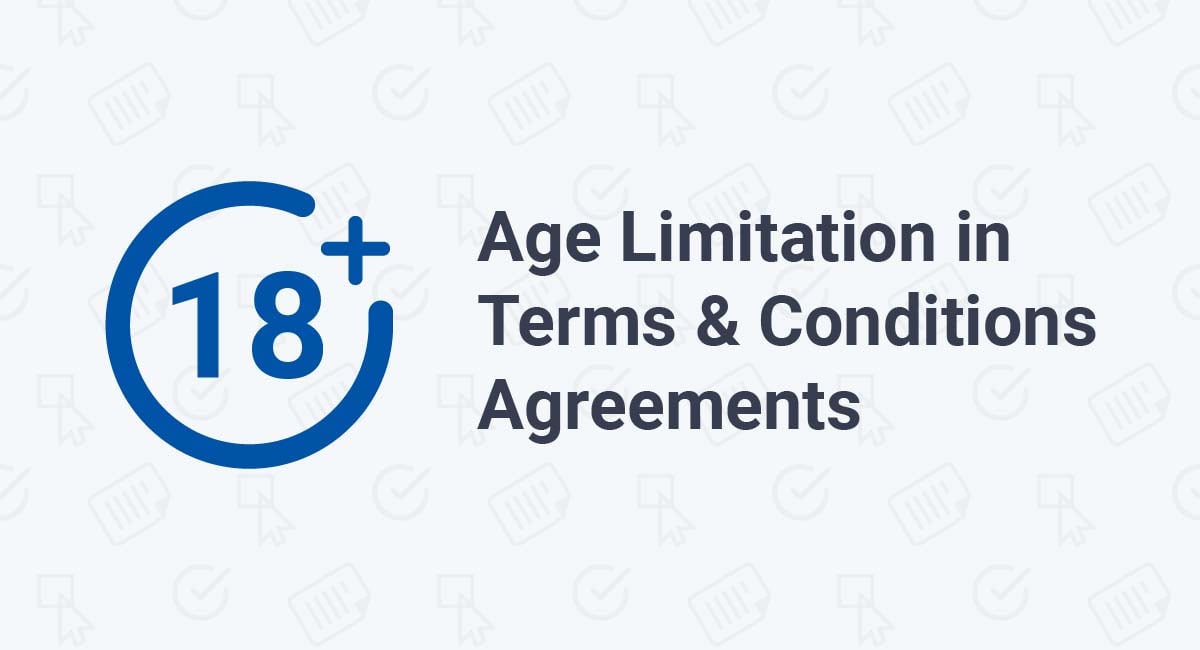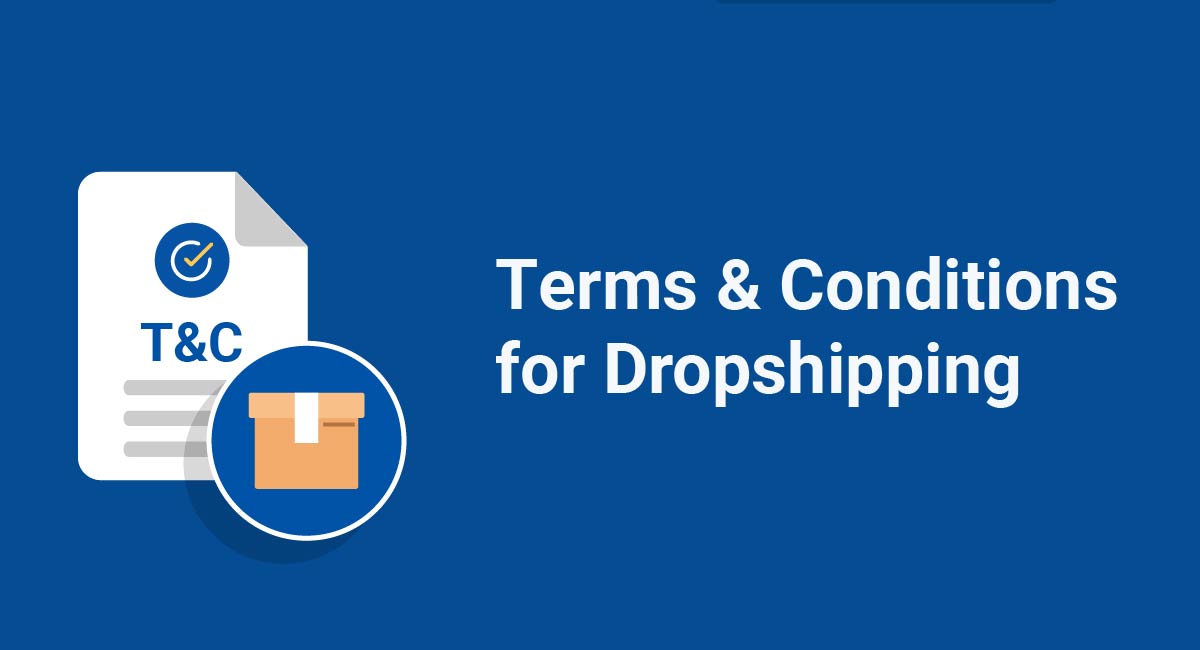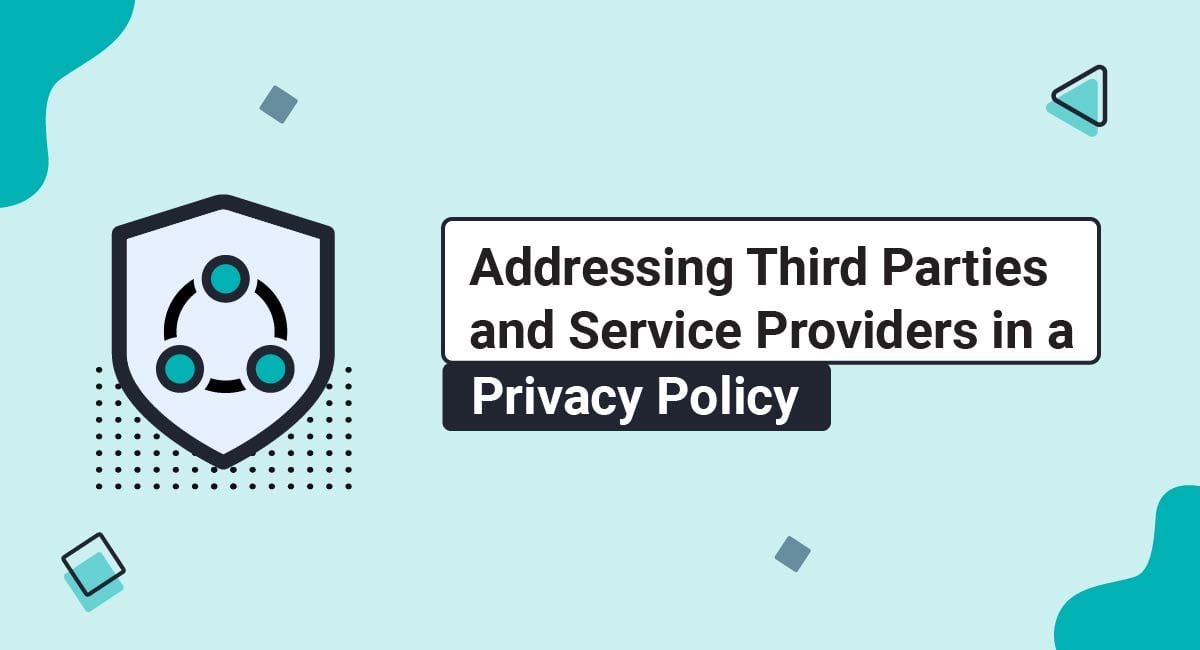User-generated content forms the basis of many online businesses today. For the most obvious examples of this, consider Twitter, Facebook and Instagram. User-generated content is central to these services and the user experience they deliver.
If your website or app publishes user-generated content, it's important to set out the rules and guidelines users must follow when engaging with it. You can do this by inserting a "User Generated Content" clause in your Terms and Conditions agreement.
While you're not legally required to have a Terms and Conditions agreement on your site or service, it's recommended to do so to protect both your users and your business.
This article will break down what this clause is, why you should have one and provide examples and guidance to help you create your own.
User-generated content is any material created and shared by users on your website or service. While your site or service doesn't create user-generated content, it's responsible for publishing it.
The specific nature of user-generated content depends on the type of product or service you offer. It can include discussion forums, blogs, tweets, podcasts, images, videos, audio recordings, maps, posts, and comments.
Our Terms and Conditions Generator makes it easy to create a Terms and Conditions agreement for your business. Just follow these steps:
-
At Step 1, select the Website option or the App option or both.
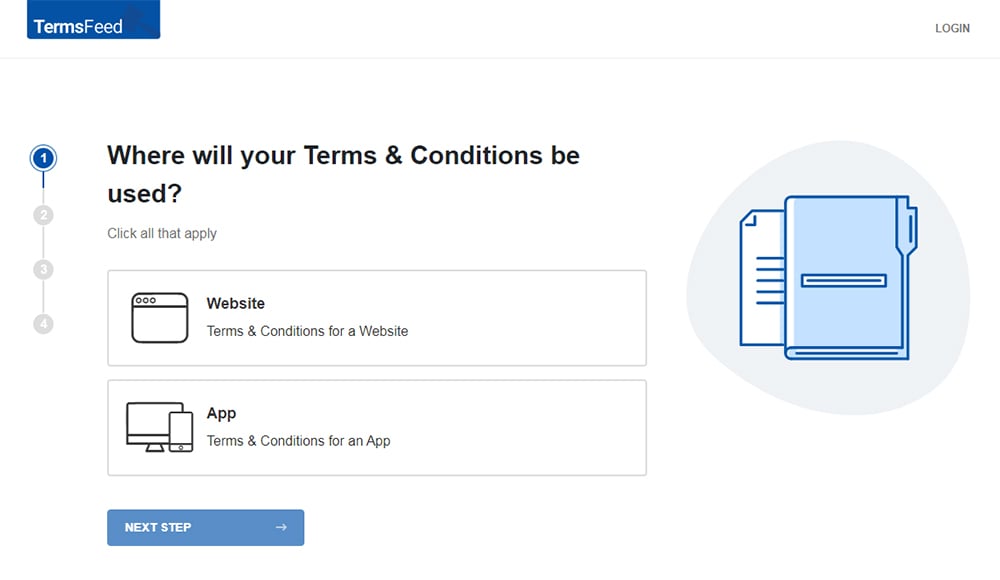
-
Answer some questions about your website or app.
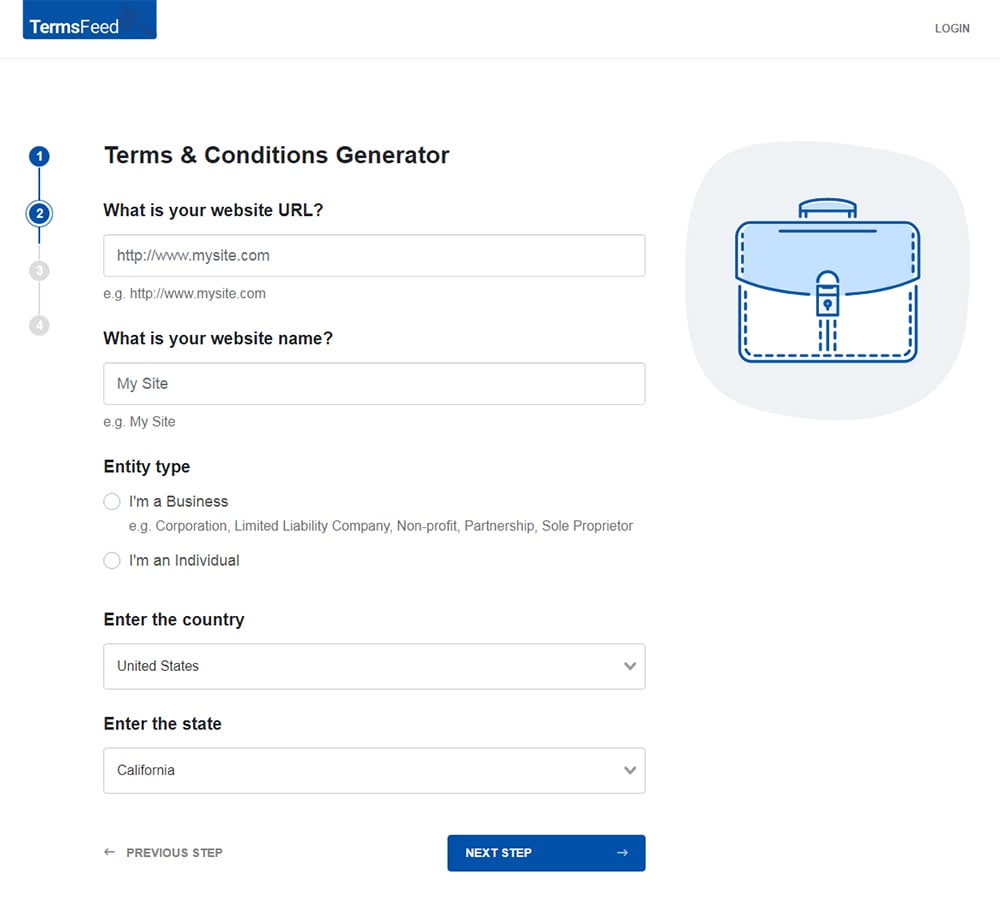
-
Answer some questions about your business.
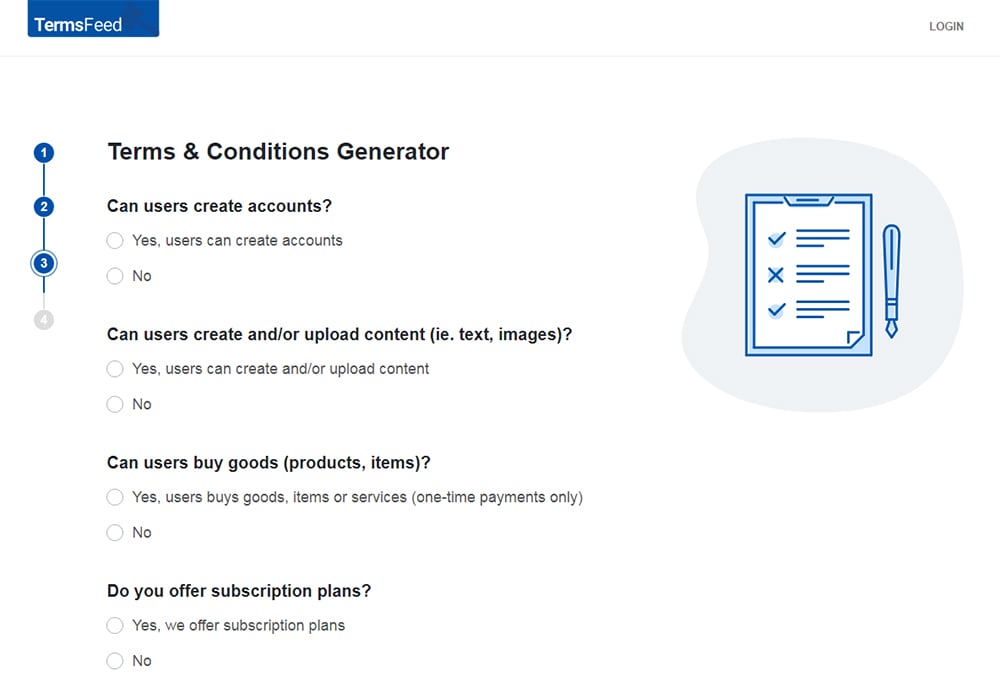
-
Enter the email address where you'd like the T&C delivered and click "Generate."
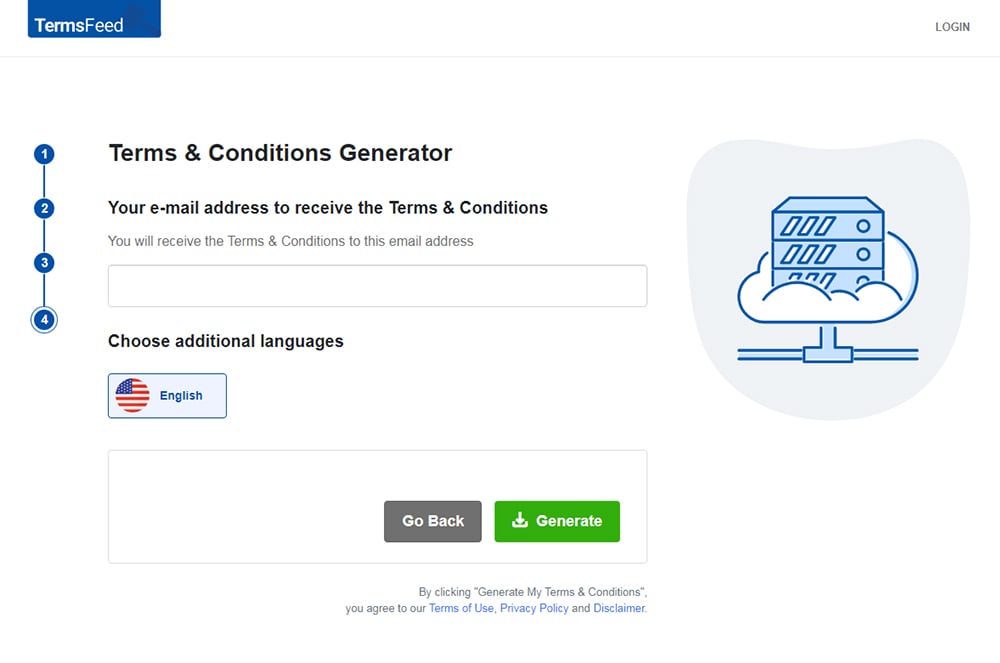
You'll be able to instantly access and download the Terms & Conditions agreement.
Is a "User-Generated Content" Clause Mandatory?

Since having a Terms and Conditions agreement isn't mandatory, neither is having a user-generated content clause on your site or service. However, it's a useful tool for maintaining the quality of user engagement while also minimizing your liability.
User-generated content forms the basis of the services provided by many businesses. But it can be a double-edged sword.
On the one hand, allowing users to create and contribute content builds vibrant online communities, promotes creativity and knowledge sharing, and enhances engagement with your brand.
On the other hand, people can take advantage of an anonymous online presence to publish offensive or illegal material, or target other users.
The sheer volume of user-generated content makes it impossible for organizations to prescreen every piece of user-generated content published on their app or site.
By addressing user-generated content in your Terms and Conditions, you can establish rules that users must comply with and set out the consequences if they do not. While this does not guarantee compliance, it limits the risk of your app or site being used to publish illegal, abusive, or otherwise inappropriate content.
A user-generated content clause also distinguishes your content from user-created content, distancing your liability for it in the event a user breaches your guidelines or any legal obligations.
As a user-generated content clause isn't mandatory, you can choose what to include in it. You should tailor the rules and explanations to suit your industry and business. However, there are some standard issues a user-generated content clause should address.
What Should a User-Generated Content Clause Include?

A comprehensive "User Generated Content" clause should work to do the following:
- Prohibit illegal content
- Set out what constitutes other prohibited content
- Contain a content license
- Explain how to report a breach of the clause
- Set out the consequences for breaching the clause
By addressing these issues, users understand how to appropriately engage with your site or service.
Let's take a look at each piece of information separately and more deeply.
Prohibiting Illegal Content
Your user-generated content clause should prohibit users from posting content that breaches any state or federal law in any jurisdiction. This includes defamatory or fraudulent content, content that violates any criminal law, and content that amounts to copyright infringement.
You can do this by including a general prohibition against any illegal content. For example, Avis uses a single paragraph under "Your Representations and Obligations" to prohibit users from posting any illegal material:
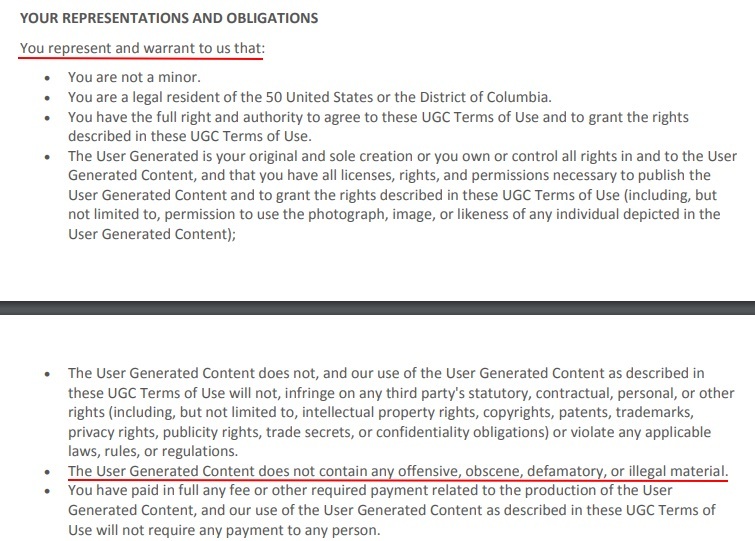
You can also go further and specify what constitutes illegal conduct. This approach is useful to emphasize particular areas of law, such as protection and privacy laws, particularly if they are relevant to your site or service.
Under "Prohibited Conduct," Heinz issues a blanket prohibition against illegal user-generated content and then specifies several categories of illegal content, including content that breaches privacy, data protection, or libel laws:
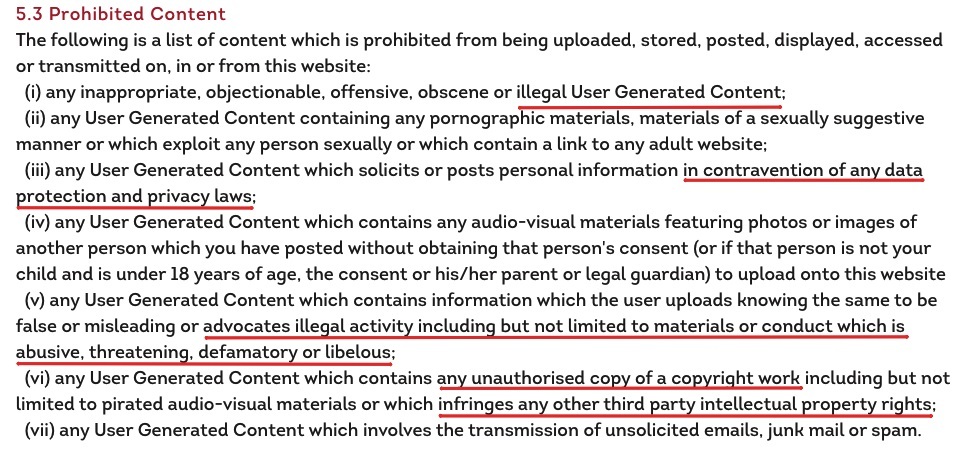
The Heinz example also specifically refers to copyright law. It's important to address copyright in your user-generated content clause because, as the publisher, you can be held liable for any copyright infringements on your site or service. Addressing this issue in your user-generated content clause distances your liability from any copyright infringement by users.
If your site or service is based within the United States, the Digital Millennium Copyright Act (DMCA) applies. Under the act, you can be held responsible for any alleged copyright infringements that appear on your site.
To minimize your risk of liability for copyright violations by users, you should include a reporting process in your user-generated content clause so alleged breaches of copyright on your site can be flagged. This allows you to remove the offending content and minimize your risk of being prosecuted for a copyright breach.
Columbia Sportswear has a section dedicated to filing copyright complaints, as seen here:
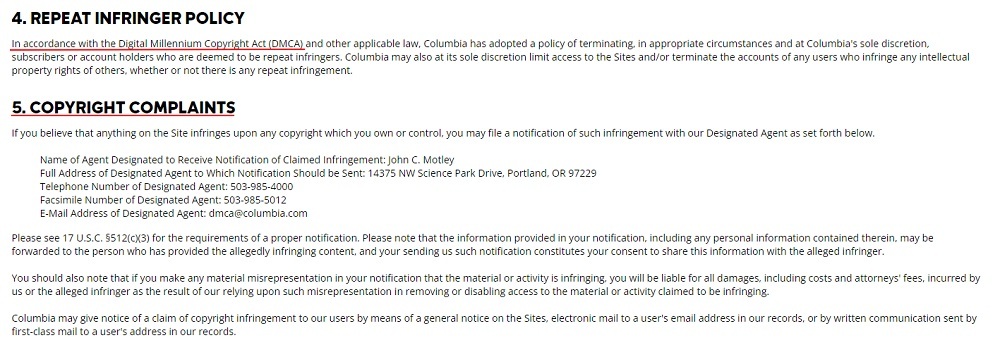
In addition to illegal content, you may want to prohibit users from contributing other types of potentially harmful content.
Other Prohibited Content
To ensure the enjoyment and safety of your site or service, you may want to prohibit users from posting other types of potentially harmful or offensive content, even if it's legal.
You can tailor prohibited content based on the nature of the service you provide.
Commonly prohibited content includes content that is:
- Inappropriate
- Violent, sexually explicit, or contains vulgar language
- Potentially harmful to other users
- Abusive
- Amounts to bullying or intimidation
You can present prohibited content in a bullet-point list or a summary paragraph so users can quickly and easily understand your guidelines.
For example, Keiser summarizes its prohibition against objectionable, abusive, or illegal content under its "Community Guidelines" section:

ParentHub includes a bullet-point list of generally prohibited behavior when it comes to user-generated content. In addition to illegal content, it prohibits any obscene, abusive, or otherwise inappropriate content:

Content License
User-generated content clauses also often include a content license. A content license allows the site or service to reuse user-generated content, while the copyright remains with the original creator.
In conversational and easy-to-understand language, Purina explains its content license policy with examples. Users can be in no doubt that by posting content to Purina's social media pages, they are consenting to Purina later using the content:

It's important to explain how users consent to their content being licensed. Your user-generated content clause may state that users give their consent simply by posting the content on the site or service, such as in the below example from homewares brand Serena and Lily:

It's important to explain how users consent to their content being reused in your user-generated content clause. Otherwise, they may try to file lawsuits against you and you may lose user trust.
How Users Can Report a Breach of this Clause

It's impossible to monitor each piece of user-generated content posted on your site or service. Because of this, you should provide users with a way to report any inappropriate, abusive, or illegal content they come across. You can then take the necessary steps to deal with the content.
Change.org does this by providing a direct link to its online Help Centre team so users can report any content that violates its terms or guidelines.

Many larger sites or services include a reporting button within the functionality of their apps or websites, for example, as part of a drop-down menu that allows users to report individual posts or user accounts.
Instagram allows users to report an individual post by clicking on the ellipsis in the top right corner of a post:
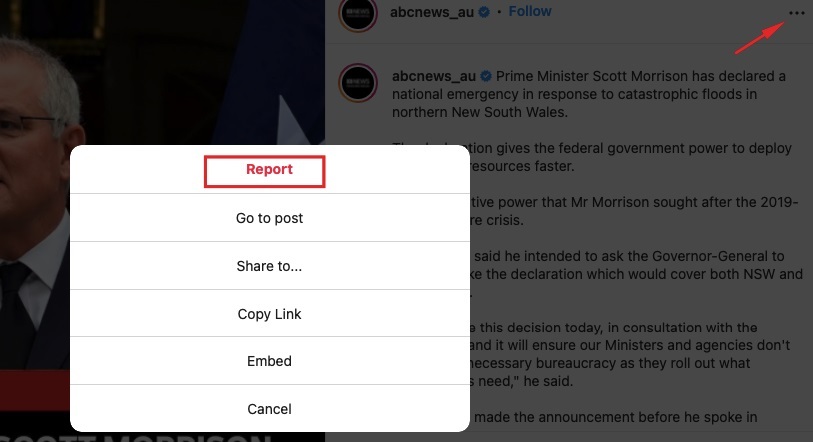
A built-in reporting function on each user post may not be necessary for your site or service, and instead setting out a reporting mechanism in your Terms and Conditions under a user-generated content clause may be sufficient.
Consequences for Breaching the Clause
To encourage users to comply with your user-generated content clause, you should explain the consequences of breaching it. These may include the removal of the content, a formal warning, or a complete ban from your service.
In its user-generated content clause, MicrobeProof reserves the right to remove or disclose content that breaches its guidelines and block the offending user's access to the site:

Which uses plain language to explain to its users the actions it may take in response to non-compliance with its user-generated content guidelines, including making a public statement about a user's conduct:

Outlining these consequences in your Terms and Conditions agreement gives you a basis to later take action against a user who breaches your user-generated content guidelines.
Conclusion
If your website or service publishes user-generated content, it's essential to set out your relevant policies in your Terms and Conditions agreement under a user-generated content clause.
A user-generated content clause should set out:
- Prohibited content, including content that is illegal
- A content license, allowing you to use user-generated content in certain ways
- How people can report breaches of the clause
- The consequences of breaching the clause
While not a legal requirement, a well-drafted user-generated content clause will limit your liability for user-generated content and preserve an enjoyable online environment for your users.

Comprehensive compliance starts with a Privacy Policy.
Comply with the law with our agreements, policies, and consent banners. Everything is included.

